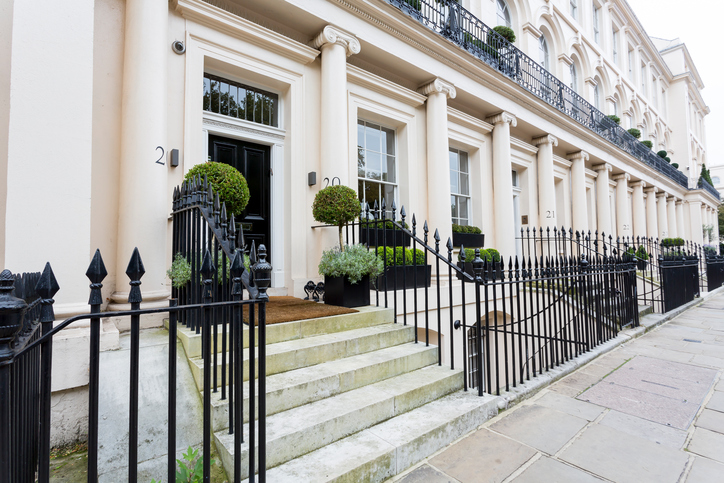London, a city synonymous with opulence and grandeur, is undergoing a quiet revolution. The pursuit of luxury is evolving, with a growing emphasis on sustainability.
This article explores how the city’s high-end property market is leading the charge in green building, demonstrating that opulence and environmental responsibility can coexist seamlessly.
Technologies
Contemporary London luxury residences are incorporating innovative energy-saving systems to reduce their ecological impact. Take solar panels as an example. Once seen to be unattractive, solar panels are now being incorporated into architectural designs to not only provide renewable energy but improve the aesthetic appeal of the house — luxury condos are even being labelled as solar power’s next frontier.
Another innovative energy-saving system rapidly being incorporated into luxury homes is smart technologies. Smart home technologies can take care of everything, including lighting and heating, to make sure that opulent living is both comfortable and ecologically friendly. Luxurious residences often have smart thermostats installed that enable remote heating management, preventing energy waste during periods when the homes are empty. This lowers costs of utility bills and improves energy usage significantly and offers a sense of convenience synonymous with a luxury experience.
Construction Materials
A key component of sustainable luxury is the selection of building materials. Reclaimed wood, bamboo, and recycled metals are among the eco-friendly building materials that are increasingly being used to build high-end homes. In addition to being reusable and sustainably sourced, these materials give homes a distinct personality by fusing modernity and tradition. Sustainable materials for fittings and furniture provide a luxurious tactile and visual experience that demonstrates a commitment to environmental responsibility.
Water Conservation
One of the main features of sustainable luxury homes is water conservation. Rainwater collection and utilisation systems are frequently installed in these homes, greatly lowering the demand for mains water. Water usage is reduced by innovations like greywater recycling and water-efficient landscaping, all without sacrificing the lush aesthetics of gardens and outdoor areas.
Low-flow bathroom and kitchen fixtures within the house contribute to the preservation of high levels of luxury while using less water. These modest but impactful changes show that opulent homes may be both luxurious and conscientious protectors of the environment.
Green Spaces
Green terraces, living walls and indoor gardens are examples of the growing trend of bringing nature into luxury properties — an example of this is exquisitely done by Damac’s Versace-branded tower in Nine Elms. These green areas not only boost a home’s aesthetic appeal but also its air quality and tranquillity. Low-maintenance designs that combine elegance and functionality are common, including drought-resistant plants and controlled watering systems.
Community
Beyond individual residences, sustainable luxury living encompasses the communities that they form. Buildings are emphasising common areas and resources in an effort to foster a feeling of community and environmental responsibility. Community gardens and electric car charging stations are becoming commonplace in upscale housing complexes, encouraging a group approach to sustainability.



 Bitcoin
Bitcoin  Ethereum
Ethereum  Tether
Tether  XRP
XRP  Solana
Solana  USDC
USDC  TRON
TRON  Cardano
Cardano  Lido Staked Ether
Lido Staked Ether  Avalanche
Avalanche  Toncoin
Toncoin